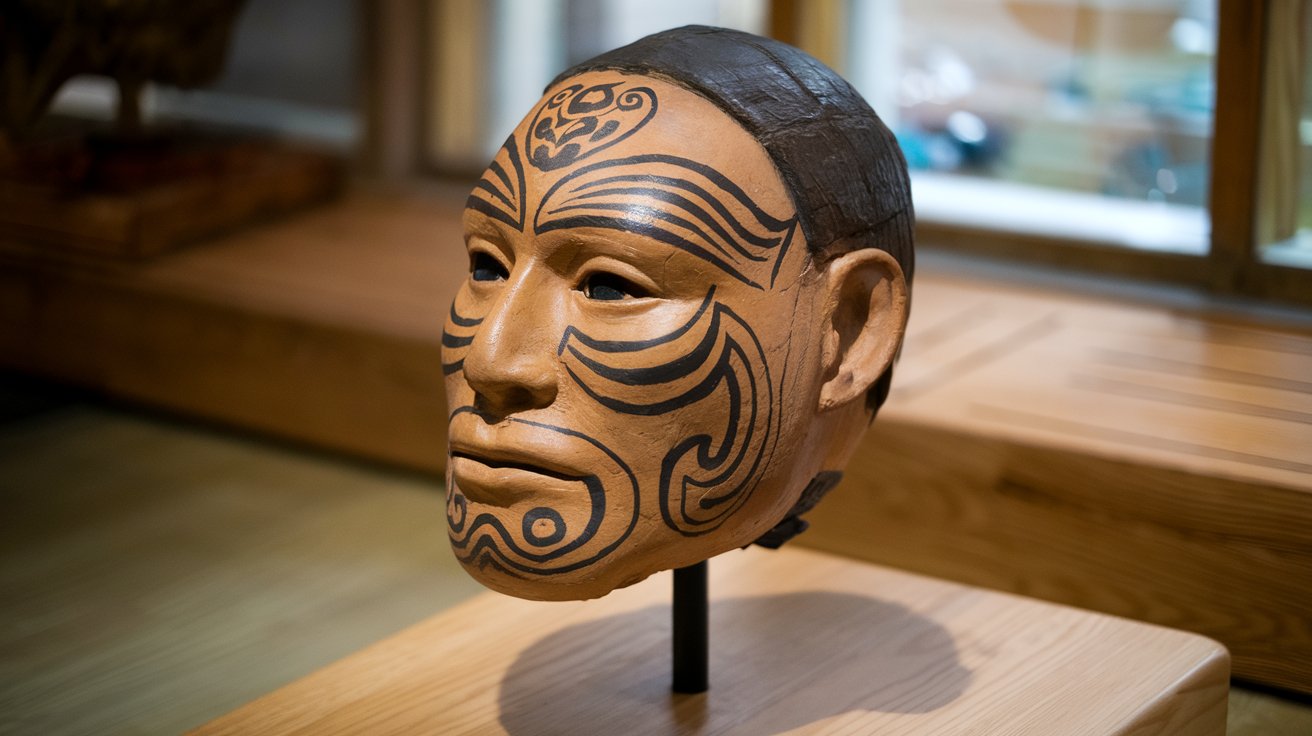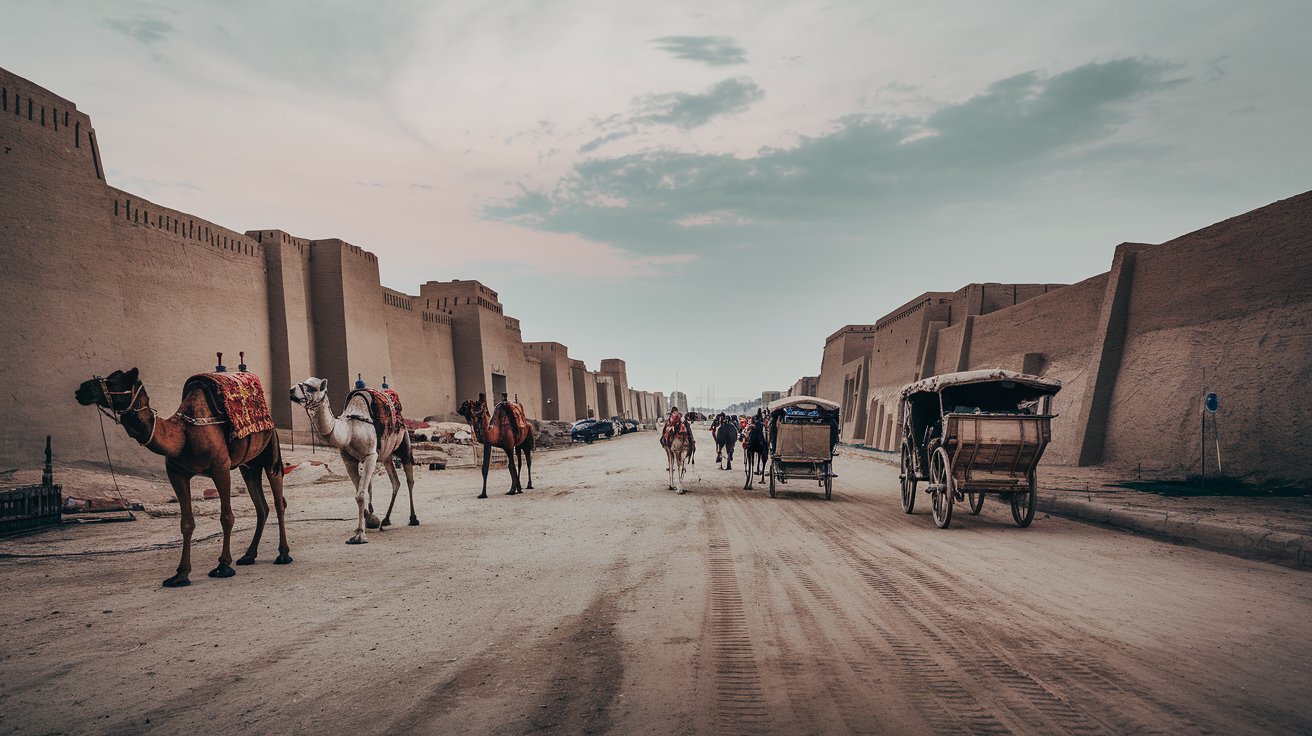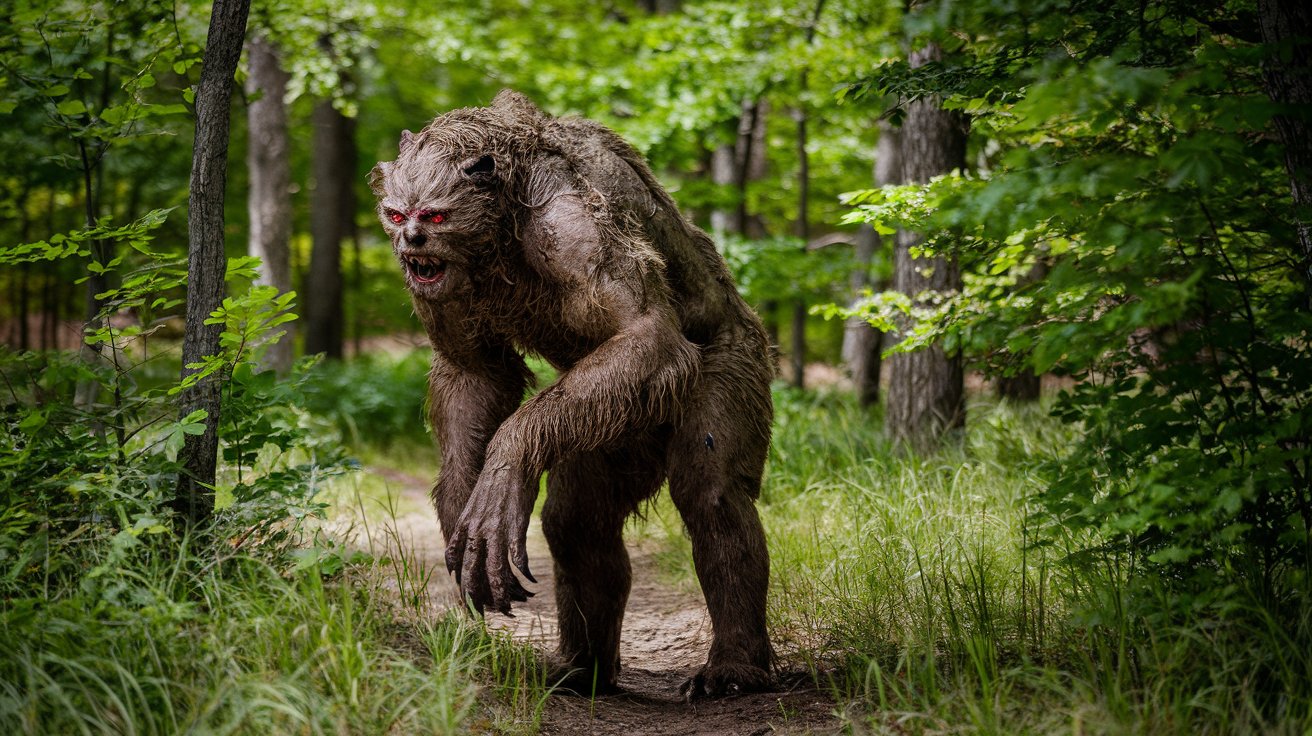
Mokomokai, the preserved heads of Māori warriors, hold a unique place in New Zealand's history. These heads were not just trophies of war but also carried deep cultural significance. Mokomokai were intricately tattooed, and the process of preservation involved removing the brain and eyes, then smoking and drying the head. These heads often became valuable trade items during the 19th century, exchanged for muskets and other goods. Today, they are considered sacred and efforts are ongoing to repatriate them to their rightful places. Understanding Mokomokai offers a glimpse into the rich traditions and turbulent history of the Māori people.
Key Takeaways:
- Mokomokai are preserved heads of Māori warriors with intricate tattoos, representing identity and heritage. They hold historical and spiritual significance for the Māori people and continue to inspire art and cultural understanding.
- The practice of creating Mokomokai declined after European contact, leading to commercialization and eventual ban. Repatriation efforts aim to return these cultural artifacts to their rightful owners, fostering respect and understanding.
What is Mokomokai?
Mokomokai refers to the preserved heads of Māori warriors from New Zealand. These heads were intricately tattooed and preserved through a unique process. Let's dive into some fascinating facts about these cultural artifacts.
-
Mokomokai were created by the Māori, the indigenous Polynesian people of New Zealand.
-
The heads were preserved using a method that involved removing the brain and eyes, filling the cavities with flax fiber, and then boiling or steaming the head.
-
After boiling or steaming, the heads were smoked over a fire and then dried in the sun.
-
The intricate facial tattoos, known as moko, were a significant part of the preservation process, as they held cultural and social importance.
-
Moko tattoos were unique to each individual, much like a fingerprint, and told stories of the person's ancestry, social status, and achievements.
Cultural Significance of Mokomokai
Mokomokai held deep cultural significance for the Māori people. They were not just preserved heads but symbols of identity and heritage.
-
These preserved heads were often kept by families as treasured heirlooms, representing their ancestors.
-
Mokomokai were sometimes used in rituals and ceremonies, serving as a connection to the spiritual world.
-
The heads were also used in warfare, where they could be displayed to intimidate enemies or as trophies of victory.
-
In some cases, Mokomokai were traded between tribes as part of peace agreements or alliances.
-
The practice of creating Mokomokai declined significantly after European contact and colonization.
European Interest in Mokomokai
The arrival of Europeans in New Zealand brought significant changes to the practice and perception of Mokomokai.
-
European explorers and traders were fascinated by Mokomokai and began collecting them as curiosities.
-
Some Europeans traded goods, such as muskets and blankets, for Mokomokai, leading to an increase in their production.
-
The demand for Mokomokai among European collectors led to the commercialization of the practice, with some heads being created specifically for trade.
-
The trade in Mokomokai became so widespread that it was eventually banned by the New Zealand government in the 1830s.
-
Despite the ban, some Mokomokai continued to be traded and collected illegally.
Preservation and Repatriation Efforts
In recent years, there has been a growing movement to repatriate Mokomokai to their rightful owners and preserve them with respect.
-
Many Mokomokai ended up in museums and private collections around the world.
-
The Māori people have been actively seeking the return of these cultural artifacts to New Zealand.
-
Several museums and institutions have responded positively to repatriation requests, returning Mokomokai to their indigenous communities.
-
The repatriation process involves careful negotiation and collaboration between Māori representatives and the institutions holding the Mokomokai.
-
Once returned, Mokomokai are often reburied or placed in culturally appropriate settings.
Modern Perspectives on Mokomokai
Today, Mokomokai are viewed through a lens of cultural sensitivity and respect, acknowledging their historical and spiritual significance.
-
The practice of creating Mokomokai is no longer carried out, but the preserved heads remain important cultural artifacts.
-
Modern Māori artists and scholars study Mokomokai to understand traditional tattooing techniques and cultural practices.
-
Mokomokai are sometimes displayed in museums with detailed explanations of their cultural context and significance.
-
Educational programs and exhibitions aim to raise awareness about the history and importance of Mokomokai.
-
The preservation of Mokomokai is now guided by ethical considerations, ensuring they are treated with the respect they deserve.
Interesting Tidbits about Mokomokai
Here are some lesser-known facts that add to the intrigue surrounding Mokomokai.
-
Some Mokomokai were created from the heads of enemies killed in battle, while others were made from the heads of loved ones who had passed away.
-
The process of creating Mokomokai was highly skilled and required specialized knowledge and techniques.
-
Mokomokai were sometimes used as a form of currency in trade negotiations between tribes.
-
The moko tattoos on Mokomokai were often enhanced with pigments made from natural materials like charcoal and plant dyes.
-
Some Mokomokai have been found with European-style tattoos, indicating the influence of European settlers on Māori culture.
The Legacy of Mokomokai
The legacy of Mokomokai continues to be felt in contemporary Māori culture and beyond.
-
Mokomokai have inspired various forms of art, including paintings, sculptures, and literature.
-
The study of Mokomokai has contributed to a greater understanding of Māori history and cultural practices.
-
Repatriation efforts have strengthened relationships between Māori communities and international institutions.
-
The story of Mokomokai serves as a reminder of the resilience and adaptability of the Māori people.
-
Mokomokai remain a powerful symbol of identity, heritage, and the enduring spirit of the Māori culture.
The Final Word on Mokomokai
Mokomokai, the preserved heads of Māori warriors, hold a deep cultural significance. These artifacts, adorned with intricate moko tattoos, tell stories of bravery, identity, and history. They were not just war trophies but also symbols of respect and remembrance. Today, many mokomokai are being returned to New Zealand from museums worldwide, honoring the wishes of the Māori people. This repatriation effort is a step towards healing and preserving cultural heritage. Understanding mokomokai helps us appreciate the rich traditions of the Māori and the importance of respecting indigenous practices. As we learn more about these fascinating artifacts, we gain insight into a culture that values honor, memory, and connection to ancestors. Mokomokai remind us of the need to respect and preserve the diverse histories that shape our world.
Frequently Asked Questions
Was this page helpful?
Our commitment to delivering trustworthy and engaging content is at the heart of what we do. Each fact on our site is contributed by real users like you, bringing a wealth of diverse insights and information. To ensure the highest standards of accuracy and reliability, our dedicated editors meticulously review each submission. This process guarantees that the facts we share are not only fascinating but also credible. Trust in our commitment to quality and authenticity as you explore and learn with us.


